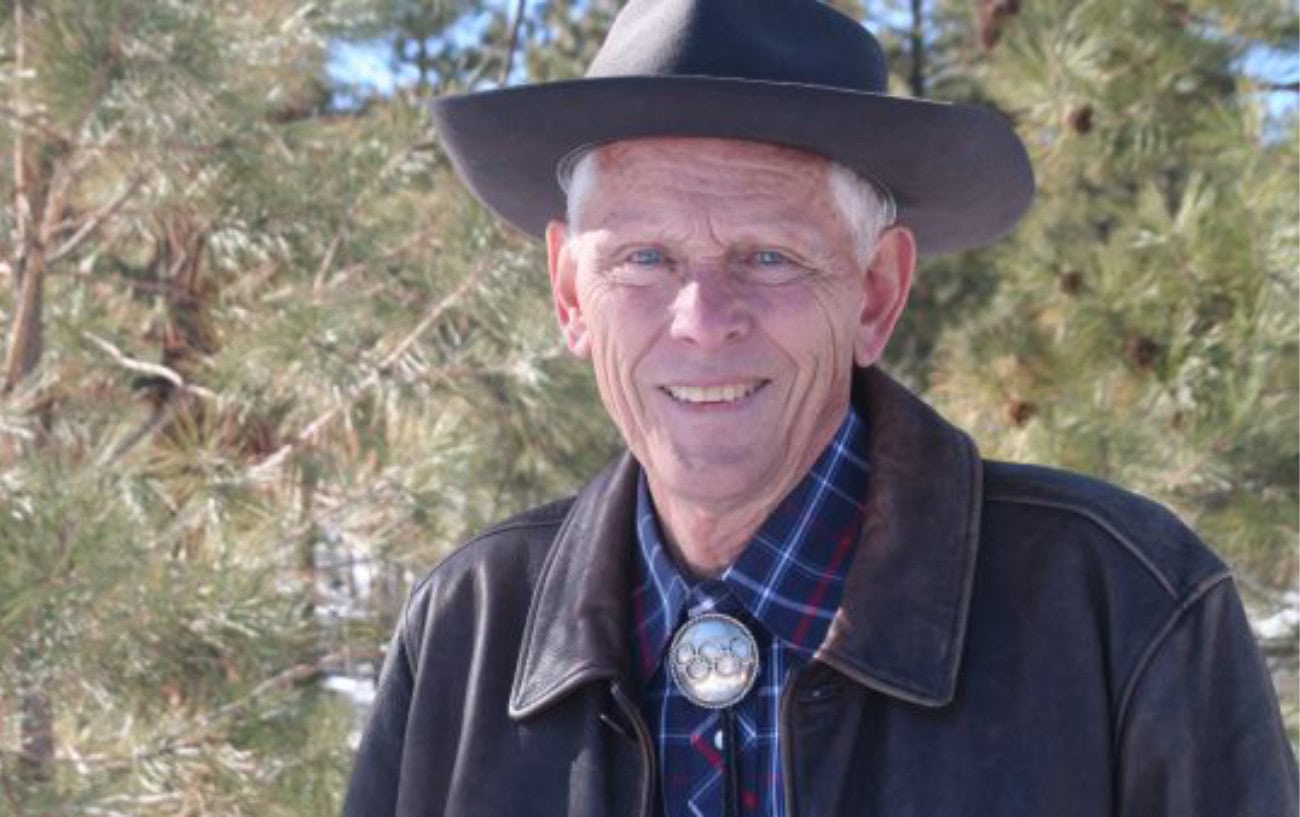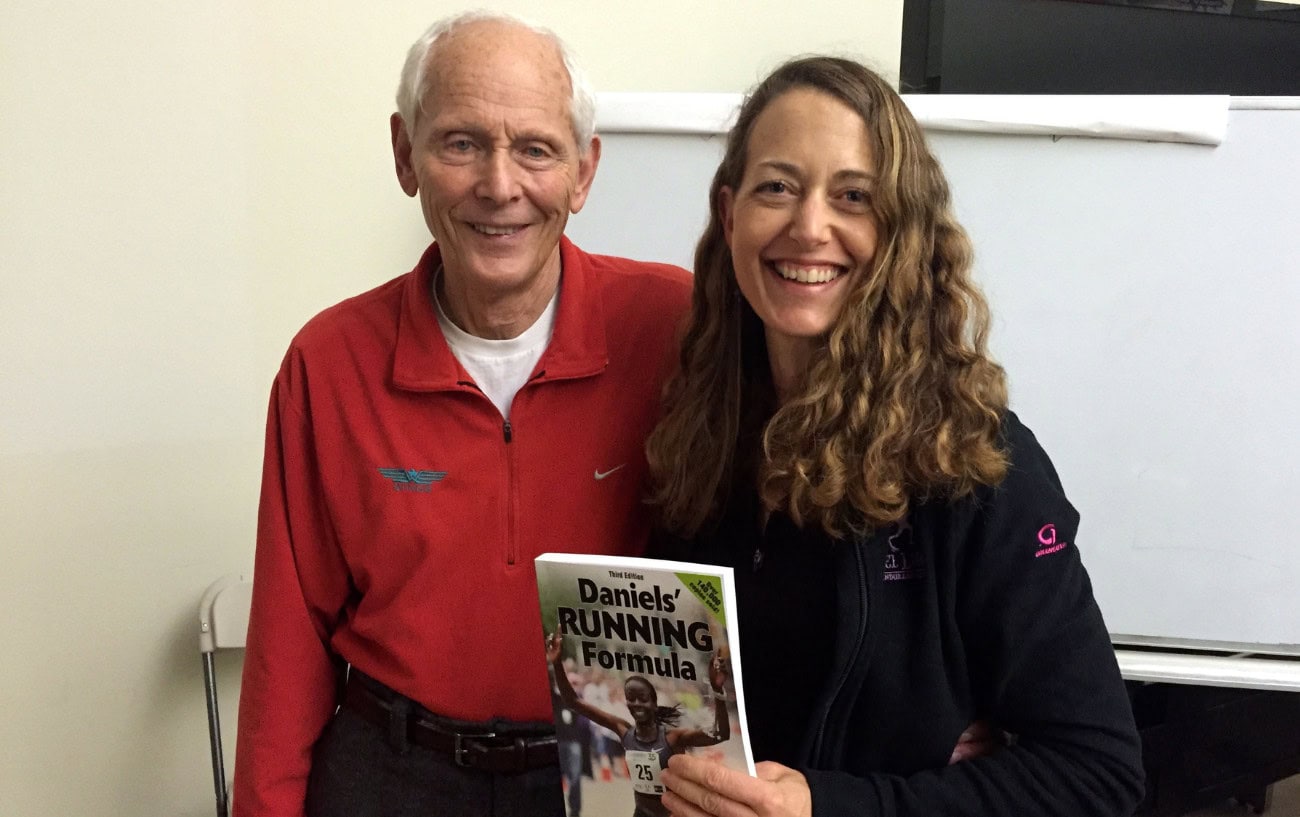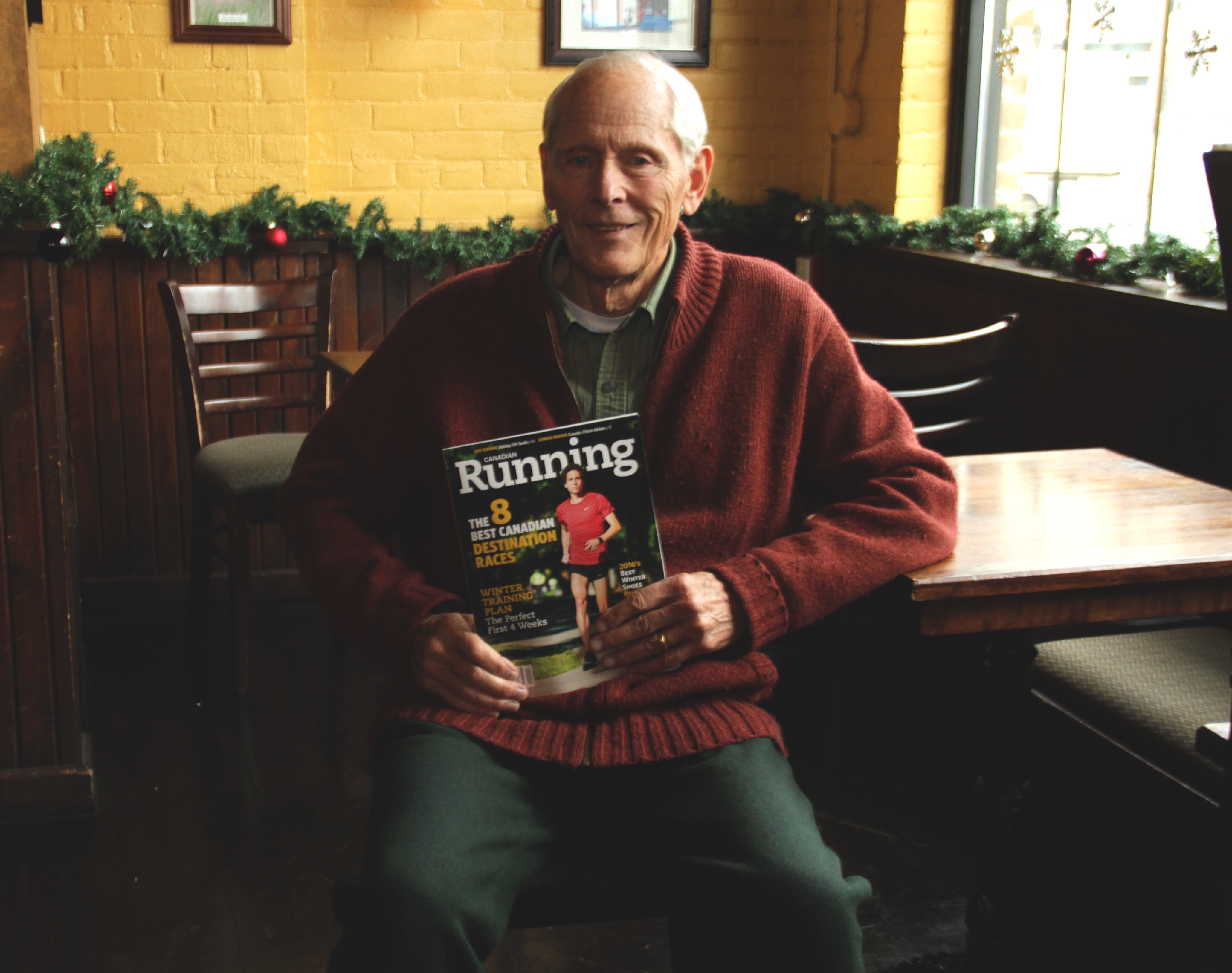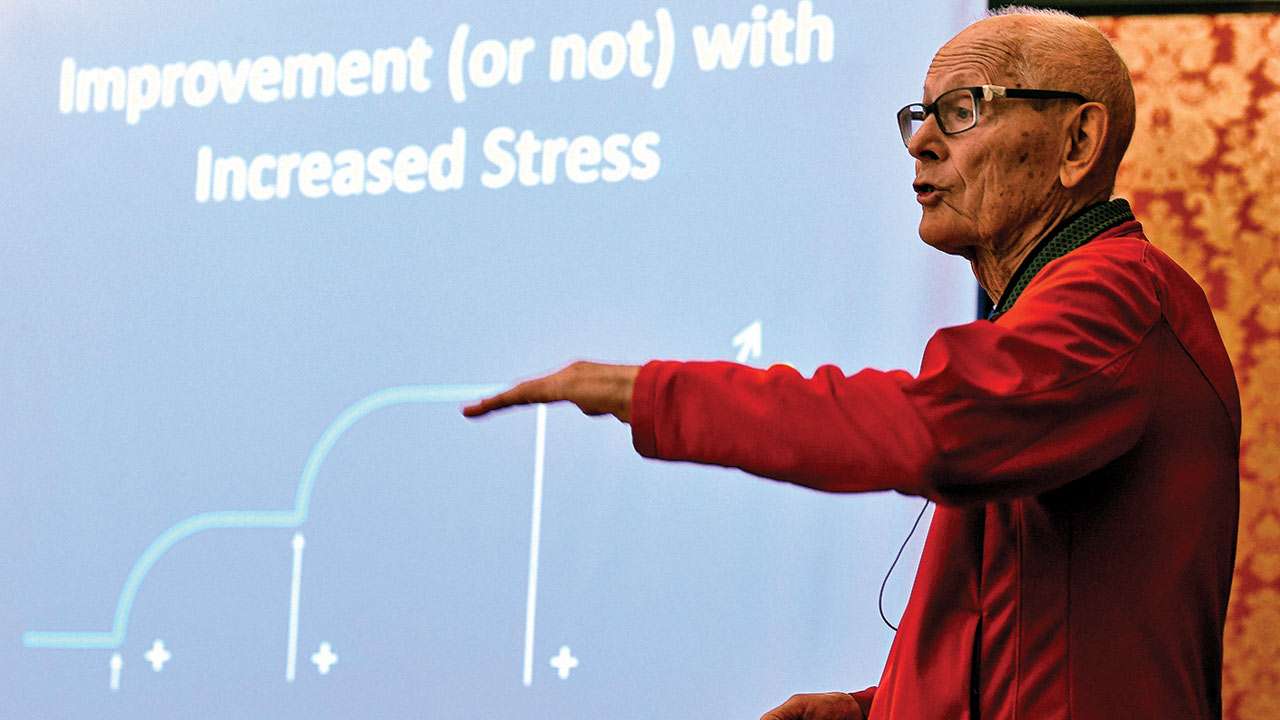
Jack Daniels, a titan in the world of distance running and exercise science, who was often hailed as “the world’s best running coach,” died on September 12 at his home in Cortland, N.Y. He was 92. His passing was confirmed by his wife, Nancy Daniels, who noted that he died happy after watching his beloved Green Bay Packers secure a win the previous night—a team he had tested as a graduate student at the University of Wisconsin and cherished ever since. For more than seven decades, Daniels’s profound insights and unwavering dedication transformed the sport, leaving an indelible mark on generations of athletes, from Olympic medalists to everyday recreational runners.
Daniels’ remarkable career spanned far beyond the track and laboratory, touching lives and shaping methodologies across the globe. Armed with a Ph.D. in exercise physiology, he was a two-time Olympic medalist himself, a feat that underscored his deep understanding of human performance, not just in theory but through personal experience. His unique ability to distill complex scientific principles into accessible, actionable guidance revolutionized how athletes and coaches approached training, fundamentally changing the landscape of distance running. His death marks the end of an era, but his legacy, built on groundbreaking research, innovative coaching, and an inherent love for the sport, will undoubtedly continue to inspire and inform for years to come.

1. **Early Life and Academic Foundations**: Jack Tupper Daniels was born on April 26, 1933, in Detroit, the third of five sons to Robert Daniels, who installed telephone switchboards on military bases, and Louise (Giblet) Daniels, who managed the household. Just six weeks after his birth, his family relocated to the vibrant San Francisco Bay Area, where he spent his formative years. This active childhood laid the groundwork for a life deeply intertwined with physical pursuits and academic excellence.
His early athletic endeavors included attempting baseball tryouts, which, by his own account, did not pan out. However, this early setback did not deter his spirit; instead, Daniels pivoted to competitive swimming, where he found his stride, becoming an accomplished competitive swimmer during his time at Sequoia Union High School in Redwood City. This early success in an individual sport hinted at the self-reliance and dedication that would characterize his later career.
In 1951, Daniels embarked on his higher education journey at the Colorado School of Mines. A year later, he transferred to the University of Montana in Missoula, a move that proved pivotal for his athletic and academic development, where he distinguished himself as a standout member of both the swimming and rifle teams. Concurrently, he immersed himself in the Reserve Officer Training Corps (ROTC) program, further demonstrating his commitment to discipline and service.
Daniels’s academic pursuits were as rigorous as his athletic ones, culminating in his graduation from the University of Montana in 1955 with a double major in physical education and mathematics. This dual specialization was a clear precursor to his future career, blending the practical application of physical activity with the analytical rigor of mathematical principles. His academic background provided him with the essential tools to approach sports performance not just as an art, but as a science.

2. **Olympic Breakthrough in Modern Pentathlon (1956)**: Following his graduation, Daniels served a year in the U.S. Army in Korea. It was during this period of military service that an unexpected opportunity arose, leading him towards the path of an Olympian. Despite candidly labeling himself “such a terrible runner,” Daniels remarkably won a military triathlon, an event combining pistol shooting, swimming, and running.
Inspired by this unexpected victory, Daniels immediately committed himself to a rigorous pursuit of improvement in running, with the ultimate goal of securing a coveted spot on the U.S. Olympic team for modern pentathlon. This demanding event, designed to recreate a soldier’s challenges on the battlefield, encompasses fencing, a 200-meter freestyle swim, show jumping, pistol shooting, and a challenging 3200-meter cross-country run.
His dedication paid off spectacularly when, in November 1956, Daniels found himself competing for the United States at the Melbourne Olympics. The culmination of his intense training and perseverance was a triumphant moment, as he brought home a silver medal in the modern pentathlon men’s team event. This Olympic success was not just a testament to his athletic capability but also to his burgeoning understanding of how to train effectively to overcome physical limitations.
This experience, particularly in an event as diverse and demanding as the modern pentathlon, further ignited Daniels’s intellectual curiosity. It was through the process of refining his own running abilities that he began to develop a profound passion for human performance and, crucially, for the science of coaching others to achieve similar successes. This period marked a critical transition from being solely an athlete to becoming a thoughtful student of physiology and an emerging leader in athletic preparation.

3. **Continued Olympic Success and Academic Deepening (1960s)**: Daniels’s Olympic journey did not end in Melbourne; four years later, in 1960, he once again represented the U.S. at the Olympic Games in Rome. Demonstrating consistent excellence and an enduring competitive spirit, he was a vital member of the bronze medal-winning U.S. team in the modern pentathlon. This second Olympic medal solidified his status as a top-tier multi-sport athlete and underscored his deep understanding of what it took to perform under immense pressure on the world stage.
Beyond his athletic achievements, Daniels remained unfailingly intrigued by human physiology and sports performance. This curiosity was a constant thread throughout his life, driving him relentlessly in his pursuit of a better understanding of the human body and its remarkable capacity for adaptation to physical activity and training. He understood that true athletic prowess was not merely about raw talent, but about scientifically informed preparation and strategic execution.
In the spirit of deepening this understanding, Daniels spent the majority of 1959 in Sweden. During this time, he continued his rigorous pentathlon training, but crucially, he also enrolled in Stockholm’s Royal Gymnastic Central Institute. There, he immersed himself in advanced studies of anatomy and psychology, showcasing his commitment to integrating theoretical knowledge with practical application from multiple disciplines.
The 1960s saw Daniels further solidify his academic credentials, pursuing and completing two advanced degrees that would become cornerstones of his reputation as a leading exercise physiologist. He earned an M.Ed. from the University of Oklahoma in physical education and exercise physiology in 1965, followed by a Ph.D. from the University of Wisconsin in the same field in 1969. These advanced degrees were not merely academic distinctions; they represented a rigorous dedication to scientific inquiry that would underpin all his future coaching methodologies and research innovations.

4. **Pioneering Altitude Research and Early Coaching**: With a growing academic foundation and a background as an Olympian, Daniels embarked on a string of significant research and coaching assignments throughout the ensuing decades. From 1961 to 1965, he served as the head cross-country coach at Oklahoma City University, where he began to apply his evolving understanding of training principles to collegiate athletes, nurturing talent and refining his coaching approach.
His commitment to scientific inquiry extended beyond the classroom and into practical, real-world applications. During his summers while working on his Ph.D., Daniels dedicated his time to conducting crucial altitude research. This work involved collaborating with elite U.S. athletes, meticulously studying how the human body responded to and adapted to training at elevated altitudes, a cutting-edge field with significant implications for athletic performance.
His expertise in altitude physiology quickly gained recognition, leading to a prestigious assignment with the 1968 U.S. Olympic team. Daniels served as a consultant, providing invaluable guidance on the complex issues of competition at high altitude prior to the Mexico City Games. In preparation for these Olympics, he and his colleagues conducted extensive tests on the effects of running in thin air, even using meteorological balloons to collect air samples from runners like Jim Ryun while driving alongside them on a track.
Beyond his Olympic consulting, Daniels also forged important connections within the collegiate coaching community. During the mid-1960s, he became acquainted with Bob Timmons, the track and cross-country coach at Kansas University, providing performance testing and conferring on the training of top U.S. miler Jim Ryun. These early collaborations underscored Daniels’s growing influence and reputation as an expert capable of translating complex physiological data into practical, impactful training strategies for world-class talent.

5. **Expanding Collegiate Coaching and Program Development**: Following his impactful altitude research and initial collegiate coaching roles, Daniels expanded his international experience by coaching the Peruvian national team for a year. This international exposure not only broadened his perspective on training methodologies but also allowed him to adapt his scientific principles to diverse athletic populations, further refining his coaching versatility and holistic approach to athlete development.
Upon his return from Peru, Daniels continued his significant contributions to collegiate athletics in the United States, serving as the men’s distance coach at the University of Texas from 1969 to 1972. During this period, he applied his rigorous, scientifically informed training methods to a new cohort of athletes, helping to elevate the performance of the Longhorn distance program. His tenure here was marked by a commitment to structured, purposeful training.
His next move showcased his pioneering spirit, as he took a position in Hawaii for one year before returning to Texas with a groundbreaking mission: to help start and direct the Longhorn women’s track and field and cross-country programs. At a time when women’s collegiate athletics were still developing, Daniels was at the forefront, recognizing the immense potential and necessity of dedicated coaching and programming for female athletes.
This period at the University of Texas was significant not only for the establishment of new programs but also for Daniels’s continued evolution as a coach and administrator. He was instrumental in building these programs from the ground up, integrating his scientific training principles into their core philosophy, demonstrating his ability to develop sustainable, successful athletic programs that would nurture talent for years to come.

6. **The Nike Years and the Joan Benoit Samuelson Story**: In 1980, the burgeoning sports giant Nike recognized Daniels’s unparalleled expertise and brought him on board as an exercise physiologist. This marked a pivotal moment in his career, transitioning him from purely academic and collegiate roles into the cutting-edge world of corporate sports research and elite athlete support. His first three years with the company were spent in Exeter, New Hampshire, where he began to apply his scientific rigor to Nike’s innovative product development and athlete performance initiatives.
Daniels later relocated to the Eugene, Oregon, lab, which was affiliated with Nike’s prestigious Athletics West elite program. In this environment, he was responsible for conducting a wide array of tests on elite athletes, pushing the boundaries of sports science. His research during this period was prolific and varied, delving into critical topics such as differences in male and female running economy, the effects of head- and tailwinds while running at varying speeds, and the aerobic demands of running at both sea level and high altitude.
Among the many athletes Daniels consulted with during his impactful stint at Athletics West, one story stands out as a testament to his calm innovation and problem-solving genius: that of Joan Benoit (Samuelson). In late April 1984, just two weeks before the inaugural women’s U.S. Olympic Marathon Trials, Benoit arrived at his lab in a state of panic, unable to put weight on her foot following arthroscopic surgery a few days earlier. Her Olympic dreams seemed to be slipping away due to the severe setback.
Facing a seemingly insurmountable obstacle, Daniels devised an ingenious workaround: he suspended an exercise bike from the ceiling and instructed Benoit to pedal with her arms, keeping her feet off the ground entirely. This unconventional activity strategically provided significant aerobic and mental benefits, maintaining her cardiovascular fitness and confidence. The effectiveness of this innovative approach was profound: Benoit went on to win the Trials race and, on August 5, 1984, triumphed at the inaugural women’s Olympic Marathon in Los Angeles, securing a historic gold medal. As Benoit Samuelson herself noted, this extraordinary episode showcased Daniels’s ability to think “out of the box at all times,” solidifying his reputation as a truly visionary coach and scientist.




